The Martindale-Brightwood neighborhood tells a story of resilience and transformation, marked by decades of environmental challenges and the determined efforts of its residents to restore their community.
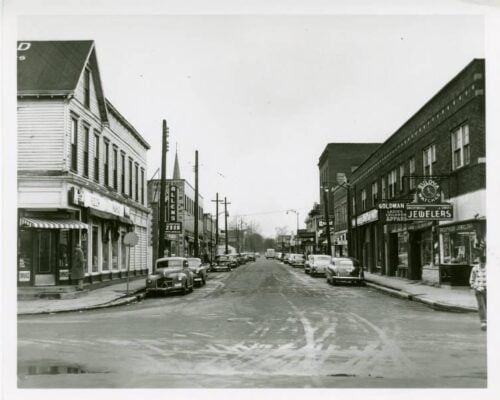
Shaped by industrial growth, Martindale-Brightwood has faced significant environmental burdens, from factory pollution to soil contamination. Community leaders, such as Elizabeth Gore, Garry Holland and Jacklyn McMillan Gunn, have made tangible progress to fix these issues and fostered and a renewed sense of environmental stewardship.
Martindale-Brightwood, located northeast of downtown Indianapolis, has a rich history dating back to the late 19th century. Initially developed as two separate neighborhoods — Martindale, home to railroad workers, and Brightwood, a center for industrial activity — the area grew rapidly with the expansion of the railroads.

By the early 20th century, Martindale-Brightwood had become a diverse, working-class community. Over time, it became predominantly African American, as redlining practices and discriminatory housing policies limited residential options for Black families elsewhere in the city.
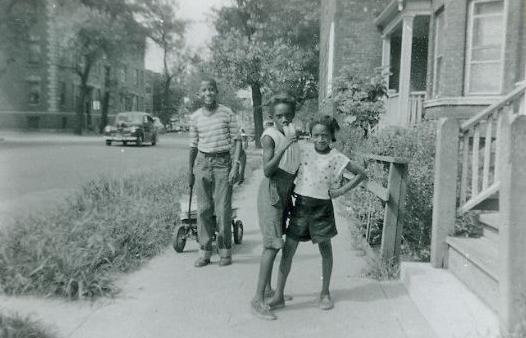
However, the neighborhood’s industrial roots left a lasting impact. Factories and rail yards contributed to significant air and soil pollution. When industries declined in the mid-20th century, many sites were abandoned, leaving behind environmental hazards. The closure of these businesses also led to disinvestment and neglect.
“(Lead) has caused problems for years now,” Gore said.
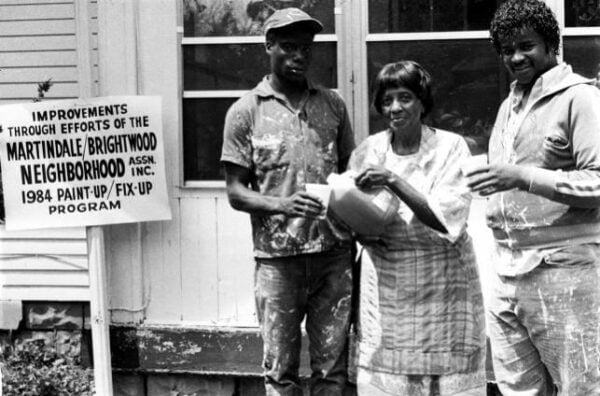
In 2006, residents took a stand against the environmental degradation caused by the abandoned Ertel Manufacturing Company site, a factory that had become a symbol of neglect and contamination. Their advocacy led to cleanup efforts, and it demonstrated the power of collective action and set the stage for further environmental restoration projects.
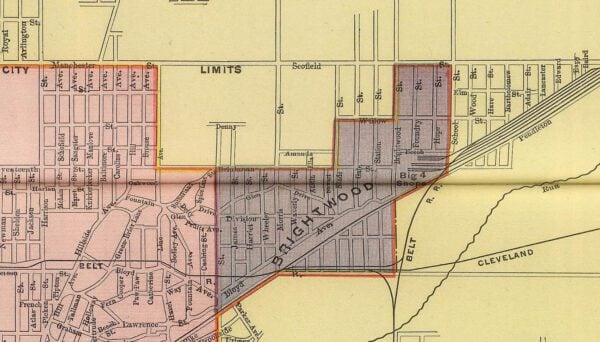
“Now, knowing this is an older neighborhood, a lot of our families prior did gardening,” Holland said. “They planted flowers with no idea of the contamination in the soil, which is part of how a lot of it was ingested into their bloodstreams and bodies as families.”
Today, Martindale-Brightwood still grapples with the effects of its industrial past, but it is also a testament to the resilience of its residents. The neighborhood is charting a path toward a healthier and more sustainable future through ongoing initiatives like soil testing, green space development and educational campaigns.
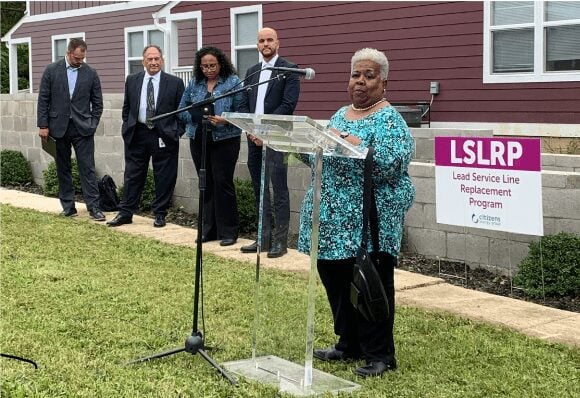
“What we don’t want to see happening is that the investors come in and take away from the historic landscape of the Martindale-Brightwood area and the properties that’s already existing,” McMillan Gunn said. “One of the things that we’re not accepting anymore in the community is trucking and gasoline type things that come in and contaminate our soil. We don’t want them coming in and building filling stations or building any kind of instrument that’s going to lead to recontamination of the soil that’s already been remediated.”
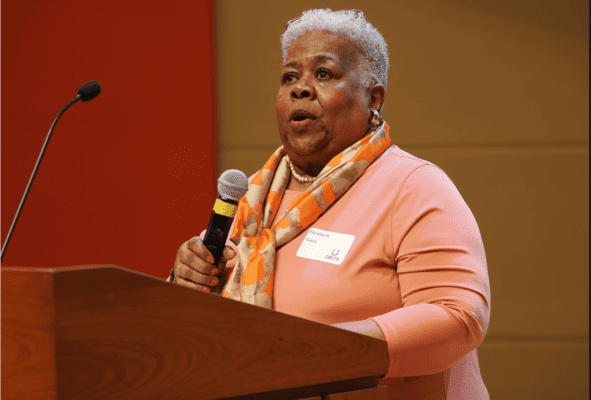
This timeline of environmental progress is not just a record of events but a testament to the power of grassroots activism. The story of Martindale-Brightwood reminds us of the enduring impact of community-led efforts to create meaningful change.
Timeline
1917: Ertel Manufacturing operated as a manufacturing facility until its closure in 2002. The abandoned site left contamination concerns.
1946-1965: The American Lead Corp. conducted smelting at their site near East 21st and Hillside Avenue.
1971: The American Lead Corp. facility exploded, contaminating nearby soil and affecting residents.
2000-2009: Marion County Health Department collected blood samples from Martindale Brightwood residents, finding that blood lead levels were two to four times higher for children in the area than in others.
2005-2007: The Environmental Protection Agency (EPA) supervised a sampling of soil for lead and cleanup efforts at 225 residential properties. Yards were excavated and soil and landscaping restored.
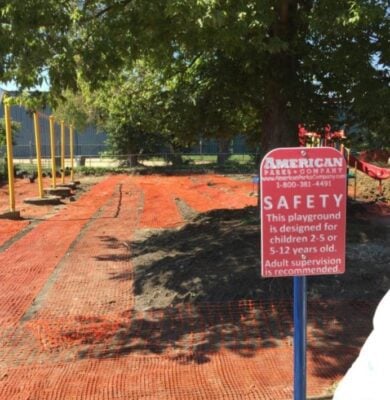
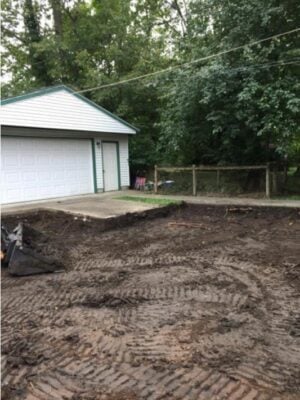
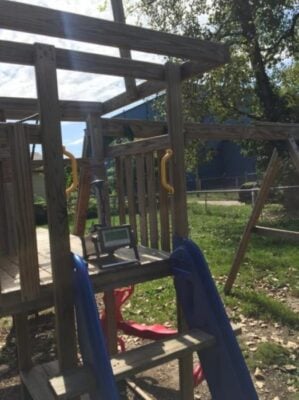
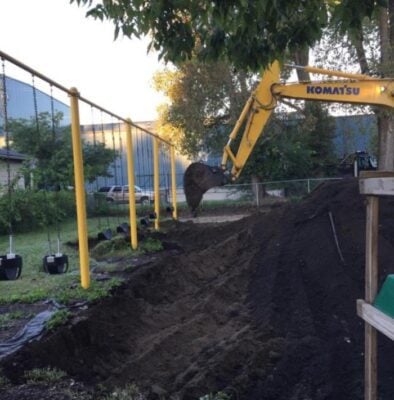
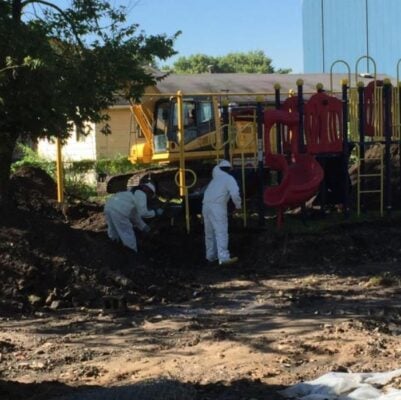
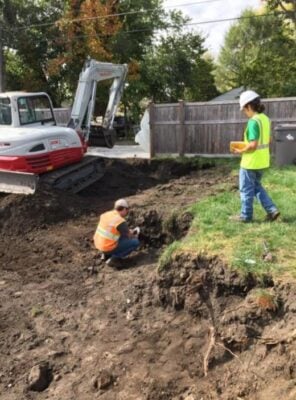
2016-2018: The EPA conducted a second removal action at the American Lead Site. Residential and other properties were sampled for lead contamination. Properties exceeding levels were excavated, backfilled and re-seeded.
2018: EPA conducted an Integrated Site Assessment Area to determine whether the site was eligible for additional cleanup funding. It was not eligible.
2020s: Efforts through the NAACP began initiatives to test mothers and young children for lead.

2022-2024: Citizens initiated phase I of replacing lead pipes throughout Martindale Brightwood.
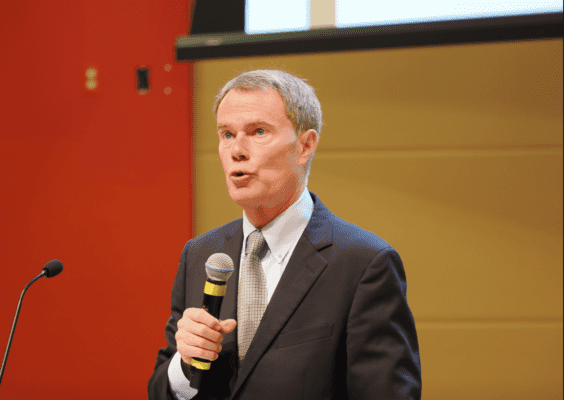
Today: Community partners like One Voice, Martindale Brightwood Environmental Justice Collaborative, Martindale Brightwood Code Compliance and Land Use, Hillside Neighborhood Association, Brightwood Concerned Citizens, Oakhill Civic Association and Ralston Hovey Neighborhood Association continue to expand initiatives, regulations and testing to aid residents and improve quality of life.
This reporting is made possible by a grant from the Indianapolis African-American Quality of Life Initiative, empowering our community with essential health insights. https://iaaqli.org/
Contact Health & Environmental Reporter Hanna Rauworth at 317-762-7854 or follow her on Instagram at @hanna.rauworth.
Hanna Rauworth is the Health & Environmental Reporter for the Indianapolis Recorder Newspaper, where she covers topics at the intersection of public health, environmental issues, and community impact. With a commitment to storytelling that informs and empowers, she strives to highlight the challenges and solutions shaping the well-being of Indianapolis residents.





